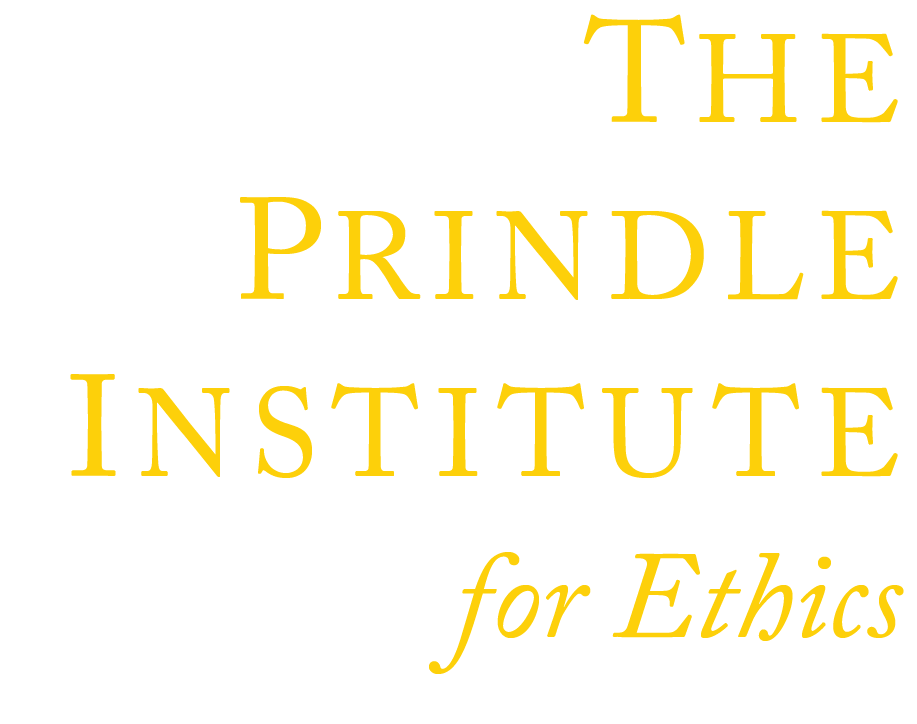In 1928, the Illinois State Board of Parole asked sociologist Ernest Burgess to review their parole system. In his report he writes: “It would be entirely feasible and should be helpful to the Parole Board to devise a summary sheet for each man about to be paroled in order for its members to tell at a glance the violation rate for each significant factor… The prediction would not be absolute in any given case, but, according to the law of averages, would apply to any considerable number of cases.”
Burgess’s vision took time to take hold, but take hold it did. In the 1980s, four U.S. states were using statistical models to aid in parole decisions. By the 2000s, 26 states relied on risk assessment technology for parole decision making. And in 2019, Congress passed the First Step Act, requiring the Department of Justice to develop a statistical model to evaluate the recidivism risk for all federal prisoners. These risk assessment tools take in information about the inmate’s age, age at first arrest, criminal history, chemical dependency, and family support structure to make a prediction about the likelihood of reoffense.
Now, risk assessment tools like these are being used outside the bounds of parole decisions. In 2018, California passed SB10 which mandates the use of statistical risk assessment tools in decisions about pretrial detainment. Some judges, too, have used such risk assessment tools to assist in initial sentencing.
Proponents argue that such technology helps us make better informed decisions to balance safety of the community against goals of rehabilitation. Implementing these statistical models and algorithms brings scientific rigor to difficult decisions, and takes them out of the realm of subjective human intuition.
Opponents, however, see problems. One line of argument suggests that any such statistical prediction tool is fundamentally unfair. It is unjust, the argument goes, to judge that I am likely to reoffend because many other people like me went on to reoffend. Perhaps this amounts to punishing me for something others have done.
Proponents push back: we have to make predictions somehow. Statistical models might be our best tool in this regard. After all, it is well known that judges suffer from the “hungry judge effect” where they give harsher sentences just before a meal and more lenient sentences just after one. Statistical risk assessment models, according to this line of thought, are an antidote to biased human decision making.
But even if one grants that statistical models are not unfair in principle, one might object in practice. A 2016 Pro Publica report claimed that one of the most popular risk assessment tools (COMPAS) was biased towards Black defendants. Furthermore, because the training data for risk assessment algorithms is drawn from the messy real world of inequality, they can also sometimes encode biases we wish to eliminate. For instance, if Black-majority areas of a city are overpoliced compared to white-majority areas, then the algorithm might “learn” that Black defendants are more likely to reoffend not because they actually are, but because any reoffense in those areas is much more likely to be detected.
So, is this technology helping us overcome human foibles or simply hiding those foibles behind an air of scientific respectability?




